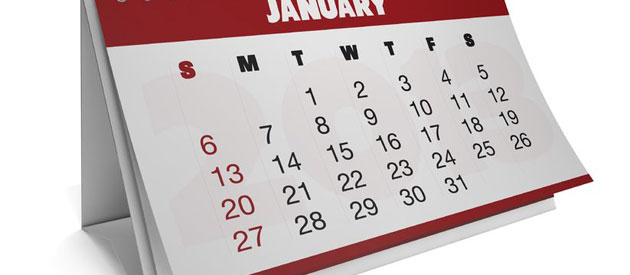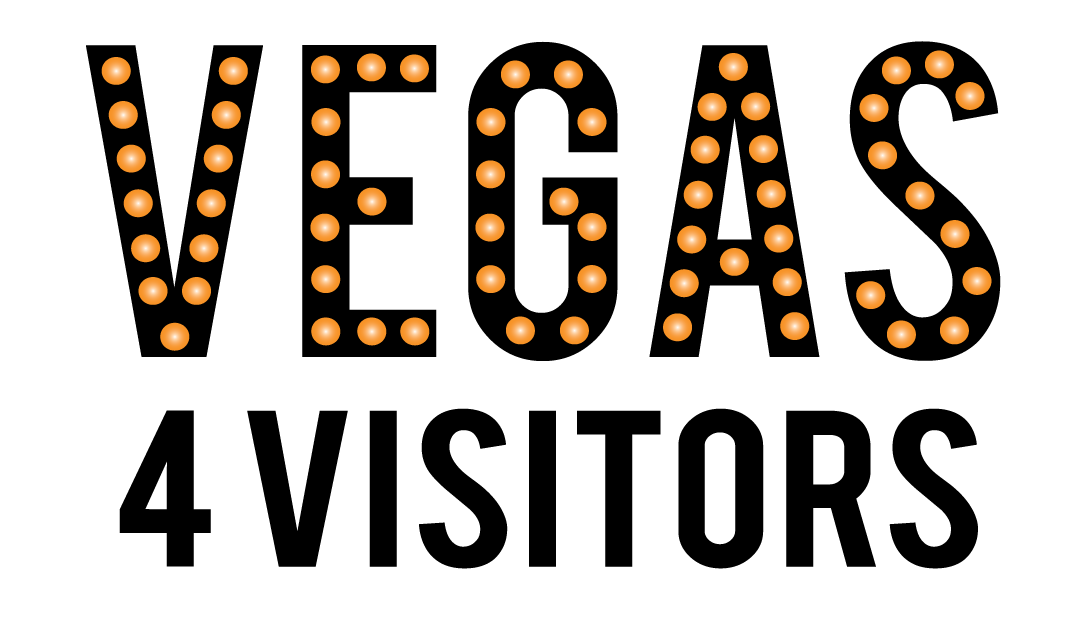Deciding When to Go

Okay, you’ve decided you want to go to Vegas, but now you’re wondering if it makes a difference in what it will cost, what you can do, and what the city is like depending on when you go. Of course it does!
I understand that many of you might not have the luxury of going at any time of the week or year, but it’s important to understand that in Vegas, a week in one direction or another can make a huge difference. Flexibility is the key to getting the best deals since a room that may cost you $200 one weekend may only cost half that a week later.
As far as choosing what time of year to go, it depends on what is most important to you: getting the cheapest vacation possible or having really nice weather. These two things seem to be inversely proportional to one another, meaning that when the weather is nice, more people go and therefore it is more expensive. When the weather isn’t so great, fewer people go and you can often get better rates.
Late November through Christmas and then early January through February are traditionally slow times for Vegas. There are exceptions when some big conventions or events hit but generally speaking those are pretty safe bets to get some bargains. The problem is that you’re not going to get much pool time during those months. Daytime temperatures average in the 50s and 60s, which may sound tropical for those of you in snow-country, but it isn’t terribly warm to the rest of us. Plus, most hotels close their pool areas during those months so no water frolicking for you. Nighttime temperatures can dip down into the 30s (which is just plain old cold), so if you choose this time of year be sure to bring a jacket or coat.
The summer months – late June through August – are traditionally off-season in Vegas. The downside here of course is the heat, with daytime temperatures averaging in the upper 90s or 100s. If you don’t mind being hot, these are really good times to go for cheap room rates – but be sure to bring plenty of sunscreen!
If you’re looking for really nice weather, mid-March through May and September through early October are usually the most moderate, with daytime temps in the 70s, 80s, and low 90s and there is usually plenty of sunshine. But as mentioned, these are also traditionally the busiest times of the year, with lots of vacationers and business travelers so expect higher rates and a lot more crowds.
Try to avoid holidays – even relatively minor ones like President’s Day – unless you want to pay higher room rates and fight major crowds.
Once you choose a time of year, try to pick two or three periods when you could take your vacation. For instance, if you want to go for four days in July, you’re going to have much more luck getting a good rate if you have several different choices when those four days can happen.
Generally speaking, weekends are more expensive than weekdays (unless there is a major convention in town). But the downside of traveling on weekdays is that there are fewer big name headliner concerts in town, most of which happen on the weekends. Lots of the ongoing shows and even restaurants are also closed on certain days of the week.
Next: Choosing the Best Hotel
